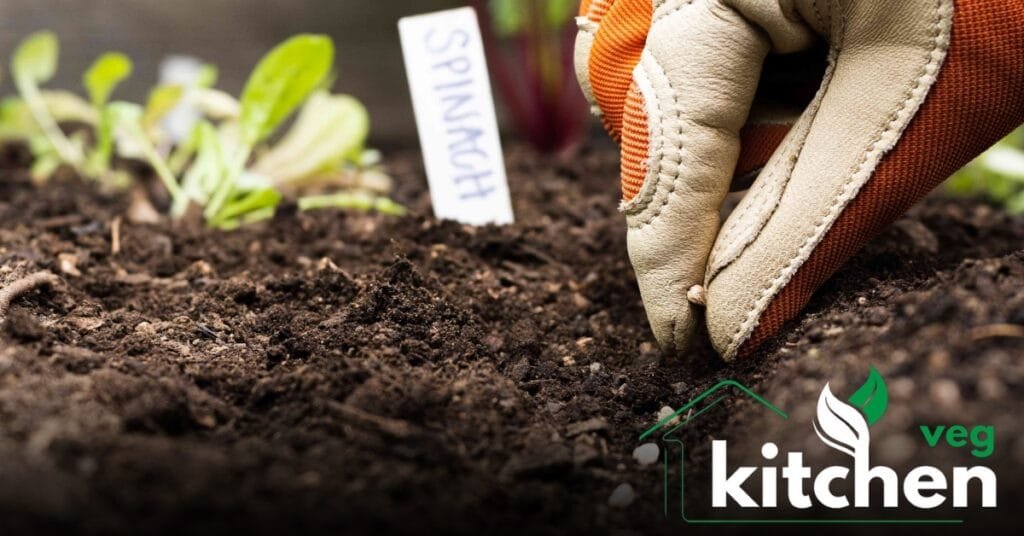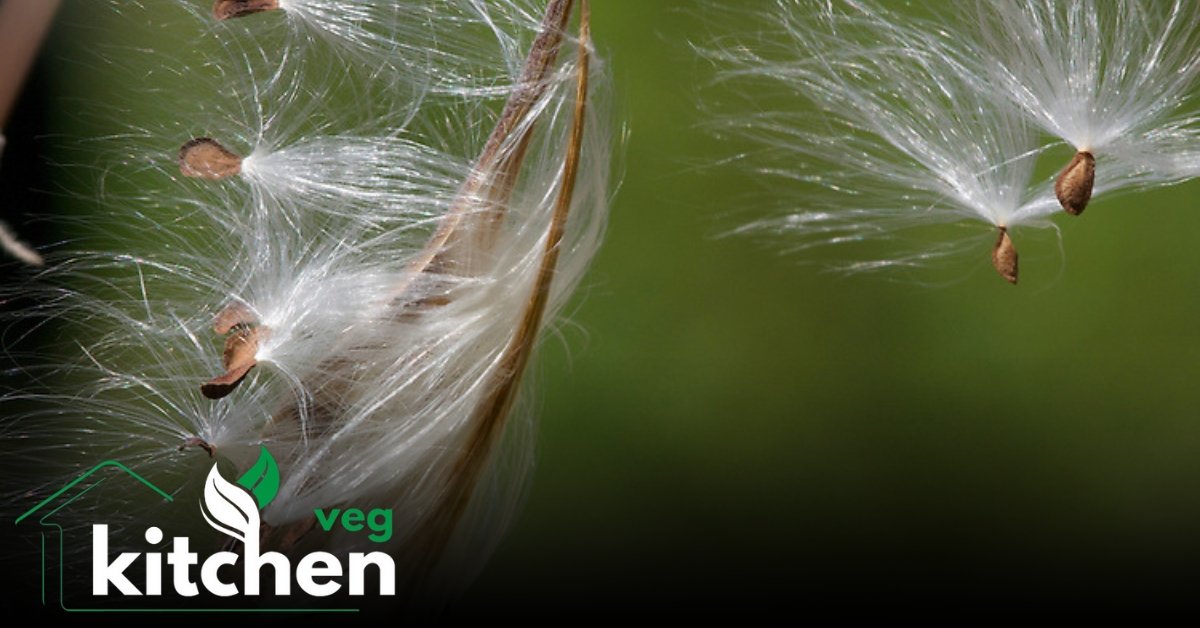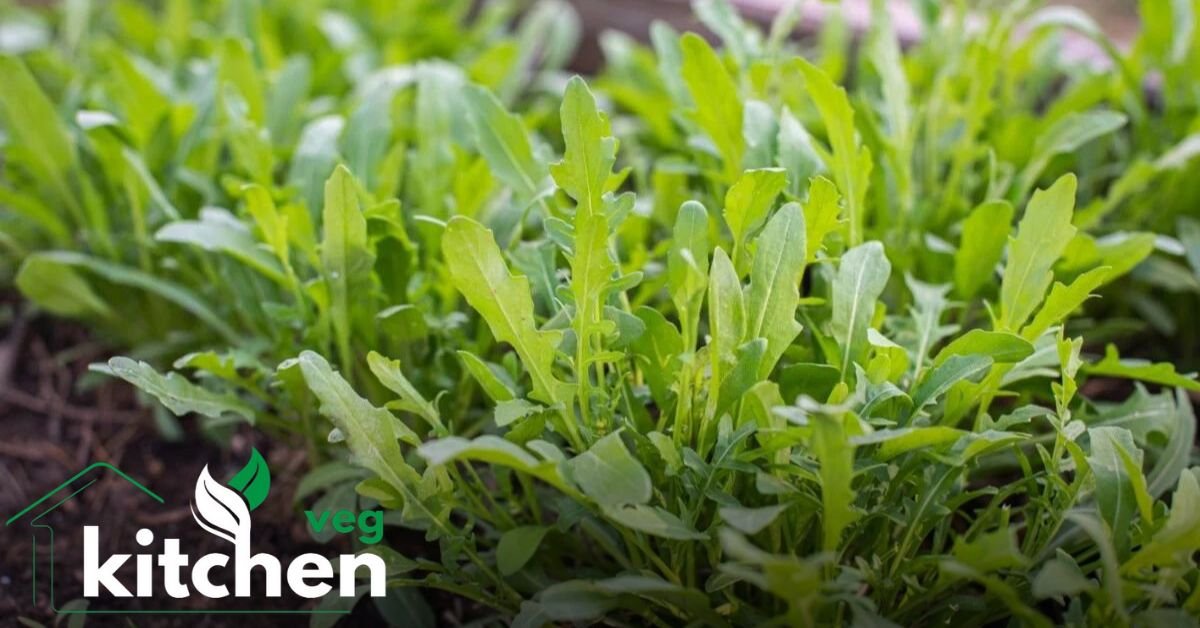Introduction
The annual growing plant known as spinach (Spinacia oleracea) is unique to central and western Asia. Because of its many health advantages, spinach has been cultivated since ancient Persia and has long been a mainstay in diets worldwide.
The foundation for cultivating this nutrient-dense vegetable is spinach seeds. A thorough understanding of the traits of spinach seeds, how they sprout and what conditions they need is essential for successful growing.
Types of Spinach Seeds
There are several varieties of spinach seeds, and each has unique qualities. The most typical kinds include of.
Savoy Spinach
Savoy spinach has crinkly, dark green leaves and is known for its cold tolerance. Popular varieties include ‘Bloomsdale’ and ‘Regiment.’
Flat-Leaf Spinach
Flat-leaf spinach, also known as smooth-leaf spinach, has broad, smooth leaves. It is easier to clean and is often used for canned and frozen spinach. Varieties include ‘Giant Noble’ and ‘Red Cardinal.’
Semi-Savoy Spinach
Semi-savoy spinach blends the qualities of flat-leaf and savoy varieties. Compared to true savoy types, it is simpler to clean and has slightly crinkled leaves. ‘Teton’ and ‘Tyee’ are popular semi-savoy varieties.
Selecting the Right Spinach Seeds
Choosing the right spinach seeds depends on several factors, including climate, soil conditions, and personal preferences. Here are some tips for selecting the best seeds:
Climate Adaptation:
Make sure the seeds are appropriate for the climate in your area. While some species can withstand higher temperatures, others are better suited for colder areas.
Disease Resistance:
Seek out spinach cultivars that are resistant to common ailments like Fusarium wilt and downy mildew.
Growth Cycle:

Consider the growth cycle of the variety. Some spinach types are faster-growing, which can be beneficial for quick harvests.
Leaf Type:
Decide whether you prefer savoy, semi-savoy, or flat-leaf spinach based on ease of cleaning and intended culinary use.
Preparing Spinach Seeds for Planting
Before planting, it’s essential to prepare the spinach seeds to ensure optimal germination. Here’s how to do it:
Seed Soaking
Soaking spinach seeds in water for 24 hours before planting can help soften the seed coat and speed up germination. This step is especially useful for older seeds.
Seed Treatment
If you’re concerned about diseases, consider treating the seeds with a fungicide or using hot water treatment to kill potential pathogens.
Pre-Sprouting
Pre-sprouting seeds on a damp paper towel inside a plastic bag can give you a head start. Once the seeds show tiny roots, they can be transferred to the soil.
Planting Spinach Seeds
Planting spinach seeds requires careful planning and proper techniques to ensure healthy growth. Follow these steps for successful planting:
Timing
Spinach is a cool-season crop. Plant seeds in early spring or late summer for fall harvest. In milder climates, spinach can also be grown through winter.
Soil Preparation
Spinach thrives in well-drained, fertile soil with a pH between 6.0 and 7.0. Incorporate compost or well-rotted manure into the soil to enhance fertility.
Sowing Seeds
Plant seeds about ½ inch deep and 1 inch apart. Rows should be spaced 12 to 18 inches apart. After sowing, cover the seeds lightly with soil and water gently.
Thinning Seedlings
Once seedlings are about 2 inches tall, thin them to 3 to 4 inches apart to prevent overcrowding and ensure each plant has enough space to grow.
Caring for Spinach Plants
Proper care is crucial to ensure healthy spinach plants. Here are some essential care tips:
Watering
Spinach needs consistent moisture to thrive. Water the plants regularly, keeping the soil evenly moist but not waterlogged. Mulching can help retain soil moisture.
Fertilizing
Spinach is a heavy feeder. Apply a balanced fertilizer or compost tea every few weeks to provide essential nutrients.
Weeding
Keep the area around the spinach plants free of weeds. Weeds compete for nutrients and water, which can hinder spinach growth.
Pest and Disease Control
Common pests include aphids, leaf miners, and slugs. Use organic pest control methods such as neem oil or insecticidal soap. Rotate crops to prevent soil-borne diseases and avoid overwatering to reduce the risk of fungal infections.
Harvesting Spinach

Harvesting spinach at the right time ensures the best flavor and nutritional value. Here’s how to do it:
Timing the Harvest
Spinach can be harvested at various stages. Baby spinach leaves can be picked when they are young and tender, about 20-30 days after planting. Mature leaves are ready in 40-50 days.
Successive Harvests
To enjoy a continuous supply of spinach, practice successive planting by sowing seeds every 2-3 weeks during the growing season.
Saving Spinach Seeds
Saving your own spinach seeds can be a rewarding practice, ensuring a steady supply of seeds for future planting. Follow these steps to save spinach seeds:
Selecting Plants
Choose healthy, robust plants for seed saving. Allow some plants to bolt and produce flowers.
Pollination
Spinach is wind-pollinated, so ensure there is enough space between different spinach varieties to prevent cross-pollination.
Seed Collection
Once the flowers mature and produce seeds, wait for the seed pods to dry and turn brown. Collect the seeds and clean them by removing any debris.
Storing Seeds
Store the seeds in a cool, dry place in an airtight container. Properly stored spinach seeds can remain viable for up to five years.
Health Benefits of Spinach
Spinach is celebrated for its numerous health benefits. Here are some reasons to include spinach in your diet:
Nutrient-Rich
Spinach is packed with vitamins and minerals, including vitamin A, vitamin C, vitamin K, iron, and calcium.
Antioxidant Properties
Spinach contains antioxidants like lutein, zeaxanthin, and beta-carotene, which help protect against oxidative stress and inflammation.
Heart Health
The high levels of potassium and nitrates in spinach can help regulate blood pressure and improve cardiovascular health.
Digestive Health
Spinach is rich in dietary fiber, promoting healthy digestion and preventing constipation.
Bone Health
Vitamin K and calcium in spinach are essential for maintaining strong bones and preventing osteoporosis.
Harvesting Techniques
Use scissors or a knife to cut the outer leaves about 1 inch above the soil level. Avoid cutting the central growing point to allow the plant to continue producing leaves.
Culinary Uses of Spinach
Spinach’s versatility makes it a favorite ingredient in various cuisines. Here are some popular culinary uses:
Salads
Fresh spinach leaves add a nutritious and flavorful element to salads. They can be combined with fruits, nuts, and cheeses for a delicious dish.
Smoothies
Blend spinach with fruits, yogurt, and a liquid base for a nutrient-packed smoothie.
Sautéed Spinach
Sauté spinach with garlic, olive oil, and a pinch of salt for a quick and healthy side dish.
Soups and Stews
Spinach can be added to soups and stews for an extra boost of nutrition and flavor.
Baked Dishes
Incorporate spinach into quiches, casseroles, and stuffed pastries for a hearty meal.
Common Issues and Troubleshooting
Growing spinach can sometimes present challenges. Here are some common issues and how to address them:
Poor Germination
If spinach seeds fail to germinate, it could be due to old seeds, improper soil temperature, or excessive soil moisture. Ensure fresh seeds, maintain soil temperature between 50-75°F, and avoid overwatering.
Bolting
Spinach plants may bolt (produce flowers and seeds) prematurely in response to long daylight hours and high temperatures. Plant spinach in early spring or fall to avoid this issue.
Leaf Yellowing
Yellowing leaves can be a sign of nutrient deficiencies, overwatering, or pest infestations. Ensure balanced fertilization, proper watering, and check for pests.
Downy Mildew
This fungal disease appears as yellow patches on leaves with a fuzzy growth underneath. Practice crop rotation, provide good air circulation, and use resistant varieties to manage downy mildew.
Leaf Spot
Leaf spot causes dark, circular lesions on spinach leaves. Remove infected leaves and apply fungicides if necessary. Avoid overhead watering to reduce leaf wetness.
Conclusion
Growing spinach from seeds is a fulfilling experience that can provide a bounty of fresh, nutritious greens for your table. By understanding the types of spinach seeds, proper planting techniques, and care requirements, you can enjoy a successful spinach harvest.
Whether you are a seasoned gardener or a beginner, spinach is a versatile and rewarding crop that can thrive in your garden. With the added health benefits and culinary versatility, spinach is a must-have in any home garden.




